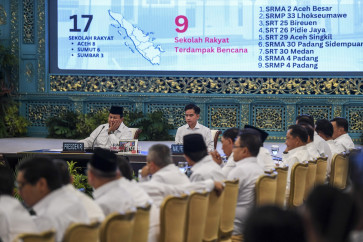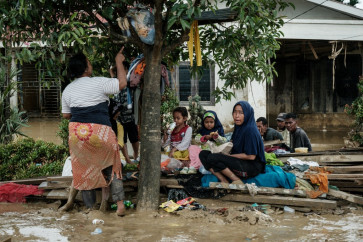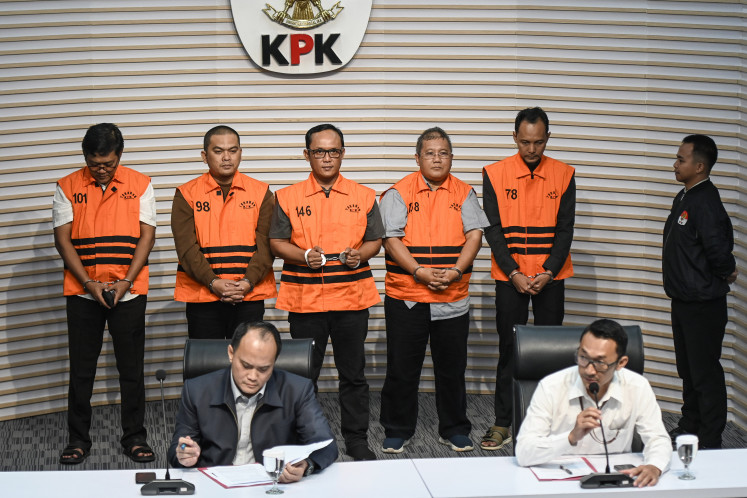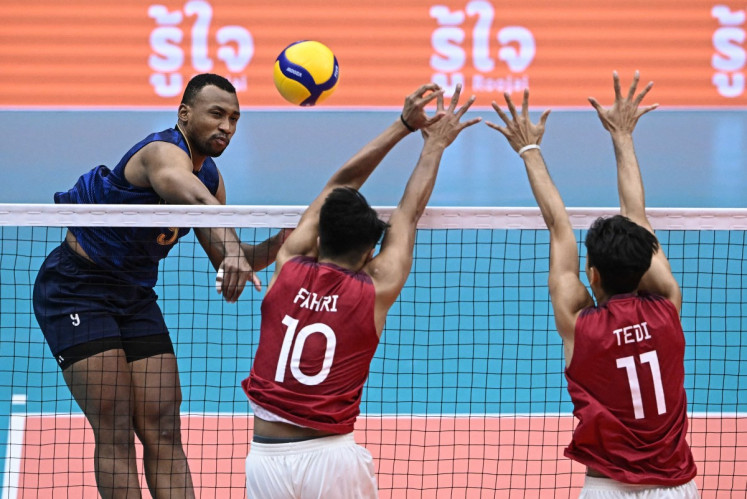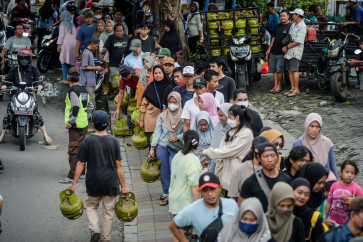Popular Reads
Top Results
Can't find what you're looking for?
View all search resultsPopular Reads
Top Results
Can't find what you're looking for?
View all search resultsJava, the national economic hub still struggling with poverty and inequality
Around 12.62 million people, or 52.45 percent of Indonesia’s total poor population, are concentrated on Java.
Change text size
Gift Premium Articles
to Anyone
P
overty in Indonesia has shown a remarkable downward trend over the years. The latest data from Statistics Indonesia (BPS) reveals that the national poverty rate has dropped to an all-time low of 8.57 percent, or approximately 24.06 million people. This progress is undoubtedly a testament to the collective efforts of the government and society in combating poverty.
However, despite this significant achievement at the national level, a critical challenge remains: Persistent poverty on Java Island, home to the majority of Indonesia's population. Addressing this issue is imperative to ensure equitable progress across the nation.
In September 2024, around 12.62 million people, or 52.45 percent of Indonesia’s total poor population, were concentrated on Java. Meanwhile, the remaining poverty areas were spread across other islands, namely Sumatra, Bali and Nusa Tenggara, Kalimantan and Sulawesi, as well as Maluku and Papua.
The significant concentration of poor residents in Java warrants serious attention. Despite being perceived as more developed than other regions and contributing the largest share to the national economy, Java remains home to a large number of people living below the poverty line. In fact, the number of poor residents in Java in September 2024 was still higher than pre-pandemic levels.
In September 2019, the number of poor residents in Java stood at 12.56 million. By September 2024, this figure had not decreased; in fact, it increased by 0.06 million, reaching 12.62 million. Meanwhile, other regions saw a decline in poverty levels during the same period. This indicates that poverty reduction in Java has been slower compared to other areas. Therefore, poverty alleviation programs in Java need to be re-evaluated and further enhanced.
Poverty alleviation programs in Java have largely relied on social assistance schemes, such as the Family Hope Program (PKH), Non-Cash Food Assistance (BPNT) and Direct Cash Assistance (BLT). These programs have had positive impacts, such as helping poor families meet their basic needs and preventing them from falling deeper into poverty. However, these programs often adopt a "one size fits all" approach, which does not fully account for the unique socio-economic conditions of each region within Java.
Java, with its high population density and diverse socio-economic conditions, requires a more segmented approach to poverty alleviation. For instance, the challenges of poverty in urban areas such as Jakarta or Surabaya differ significantly from those in rural regions of Central or East Java.




